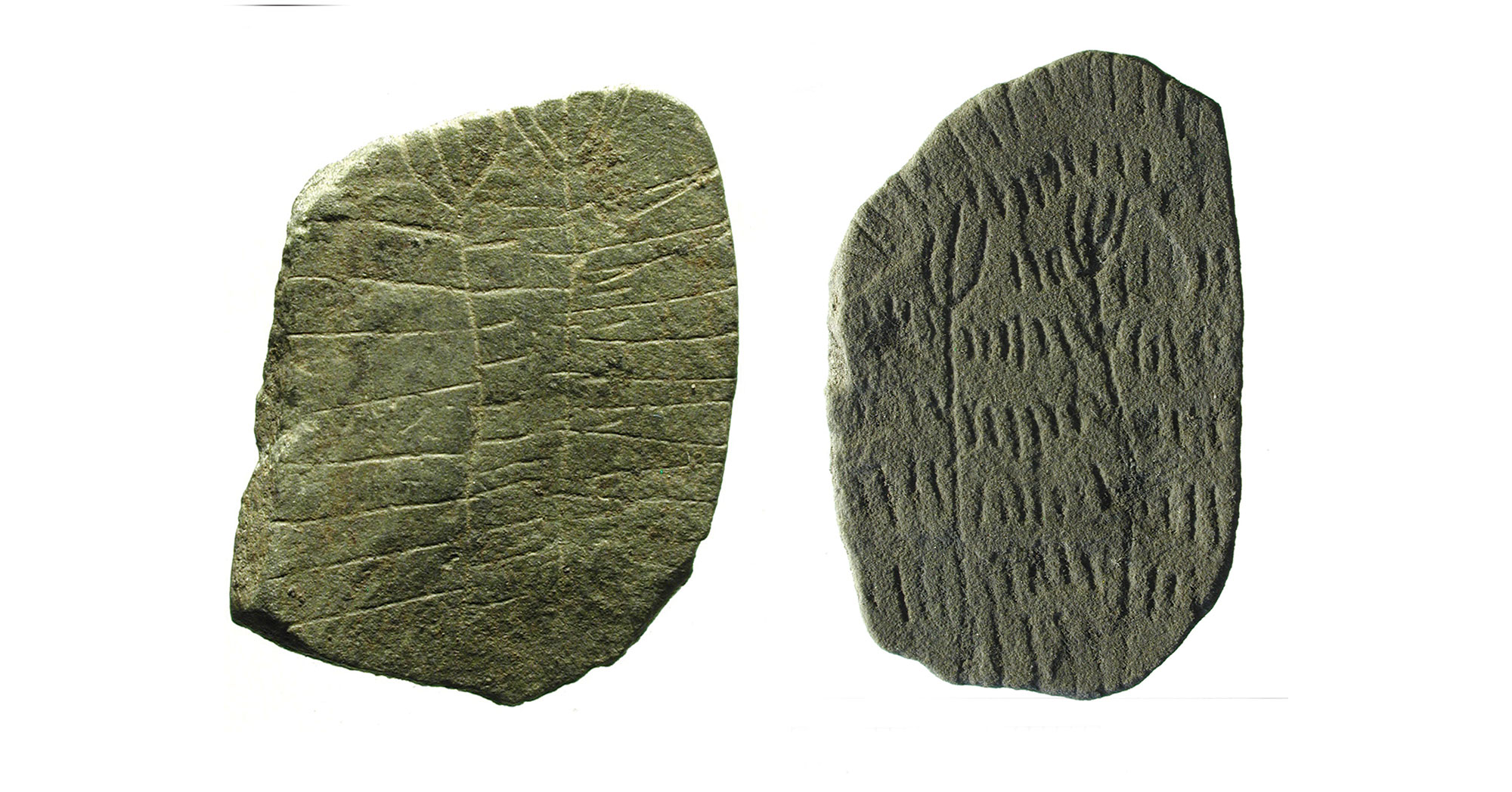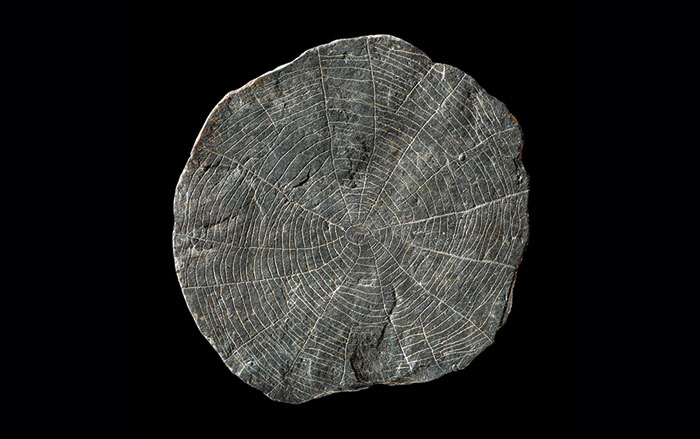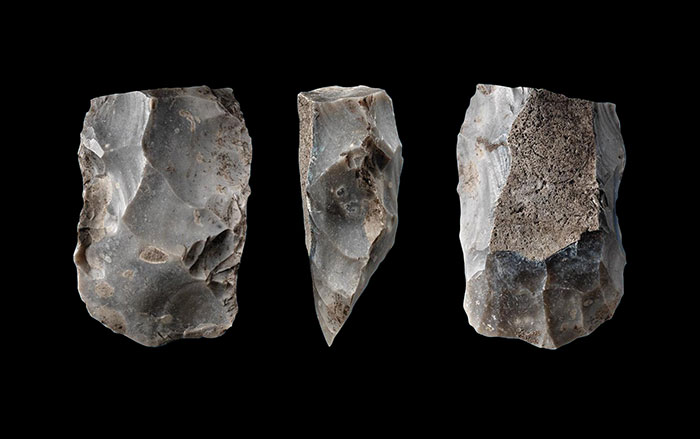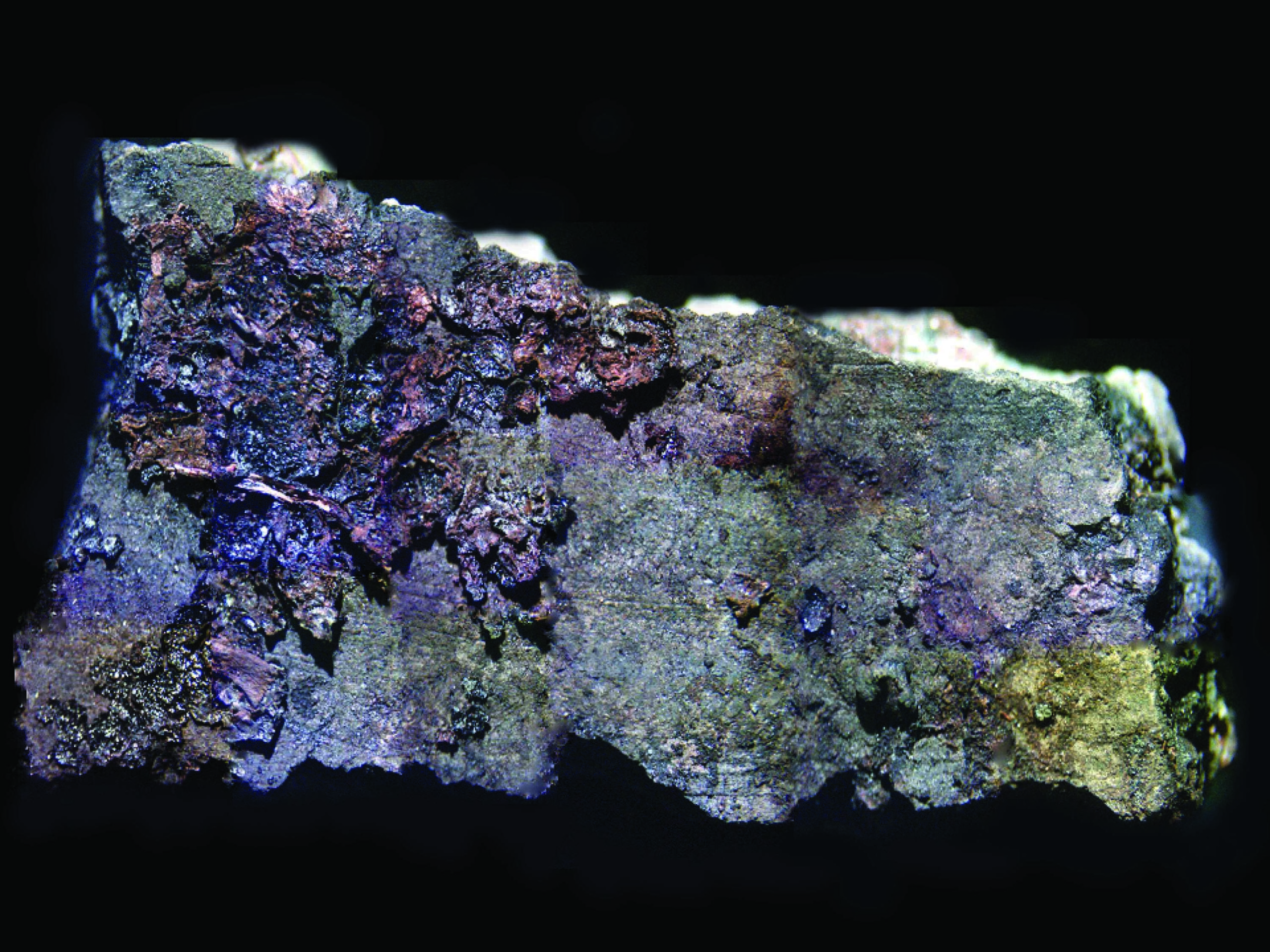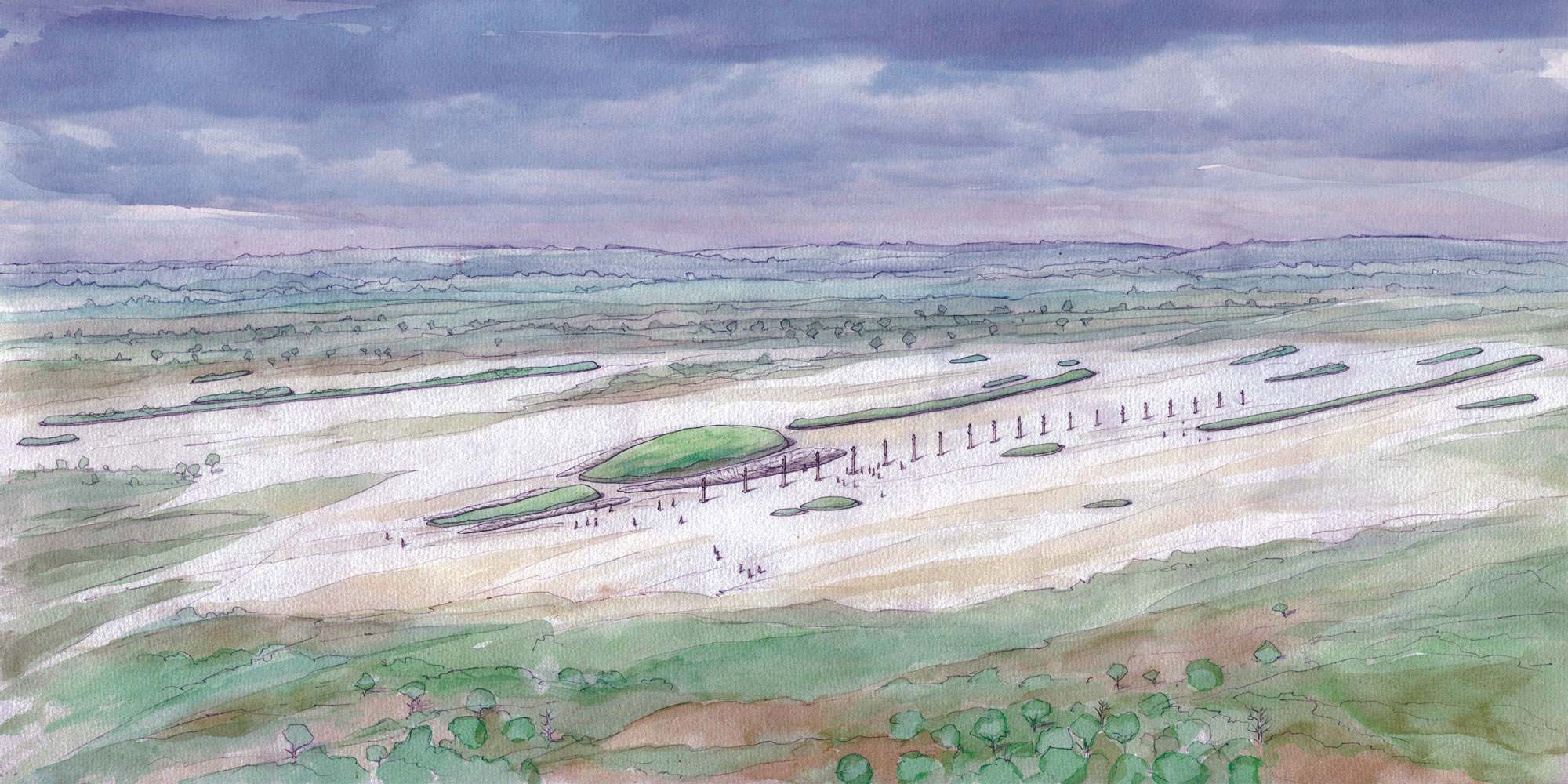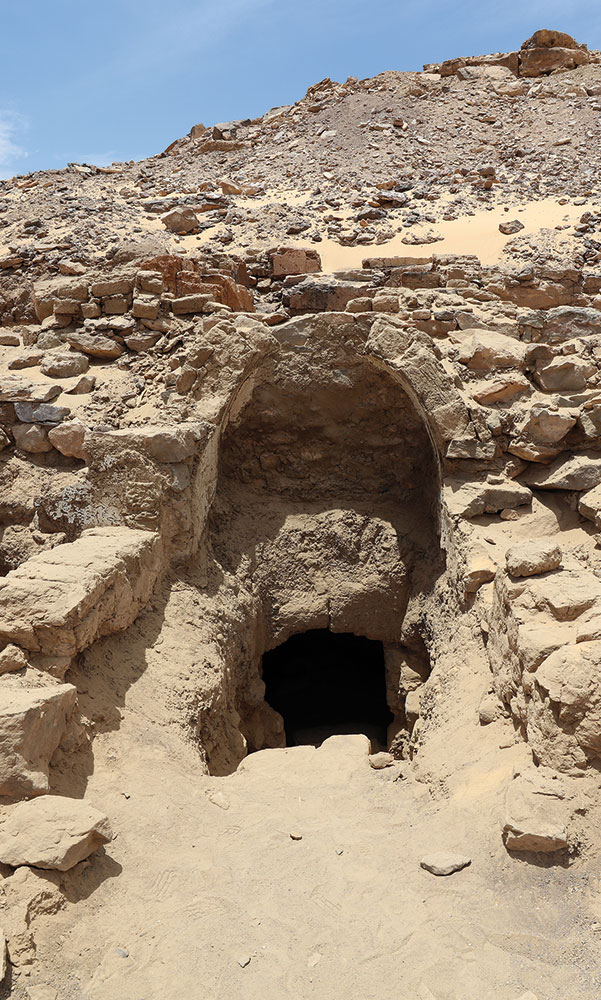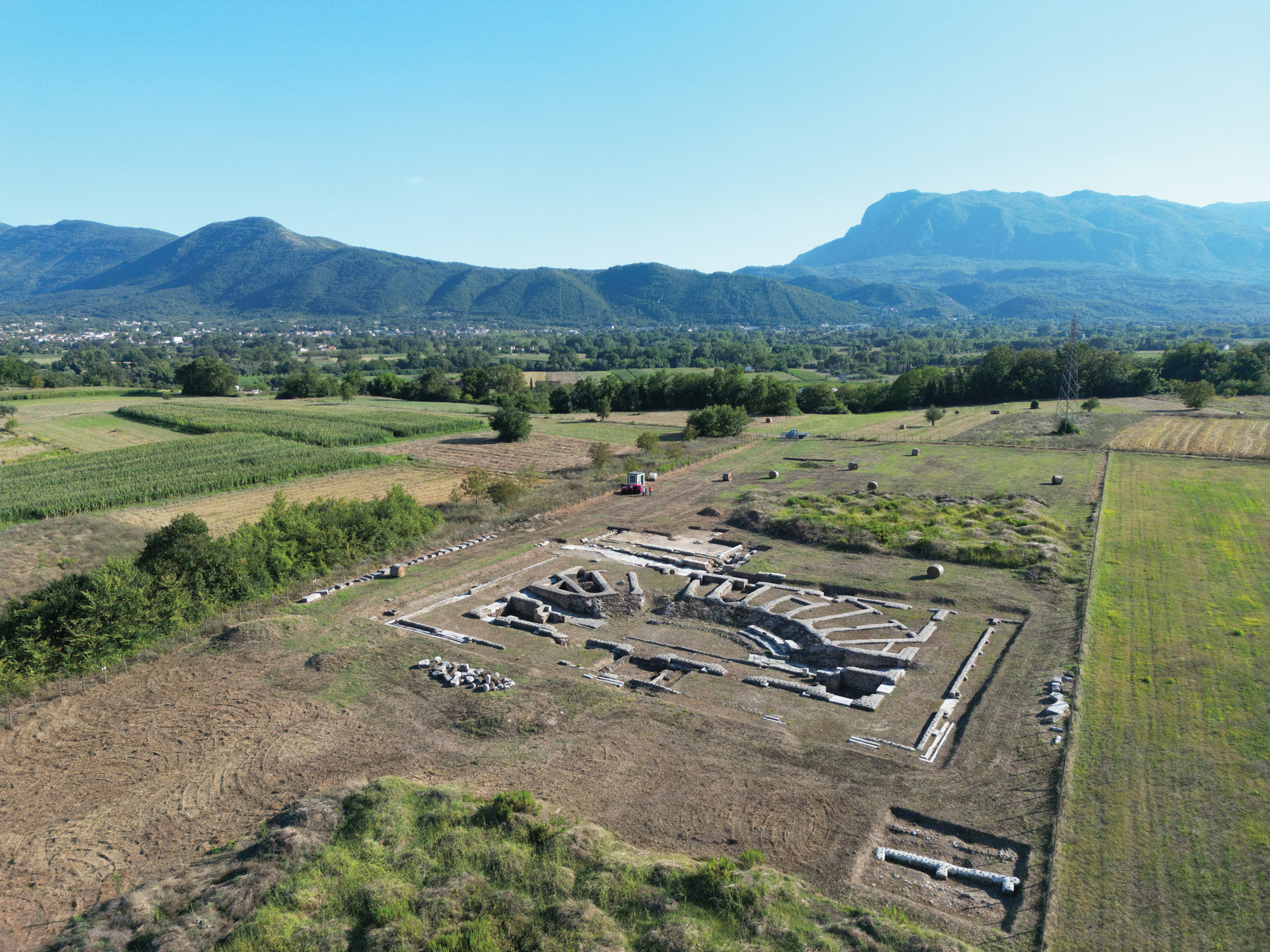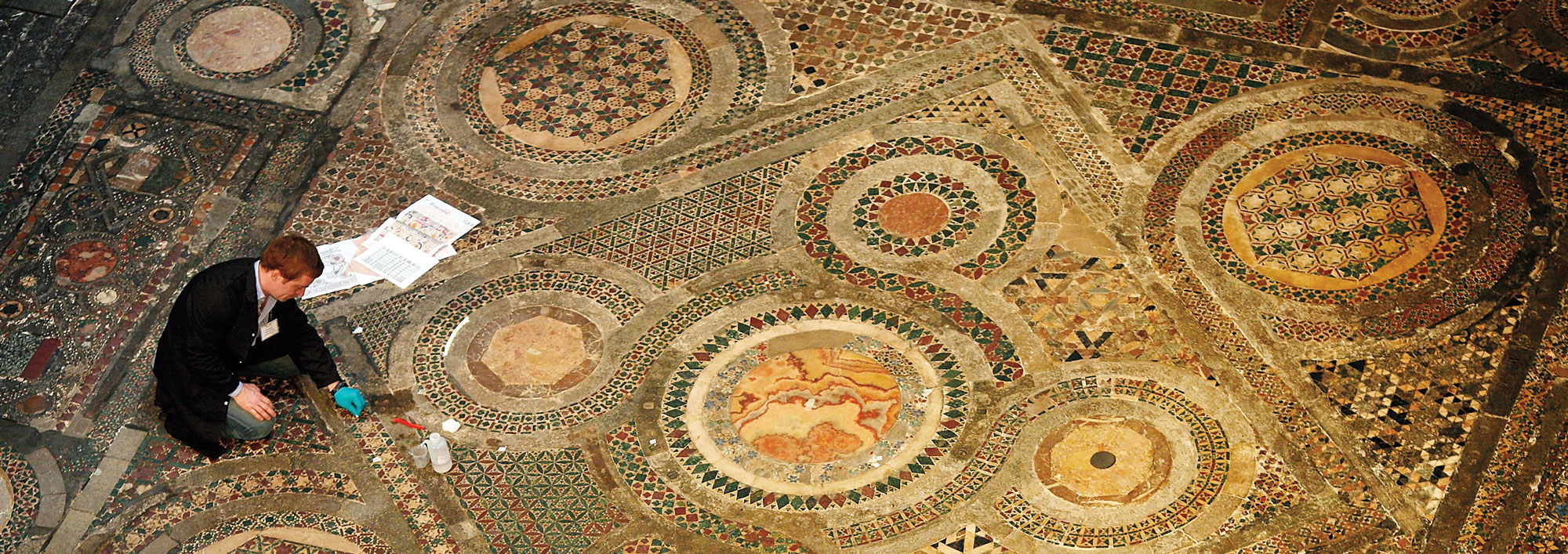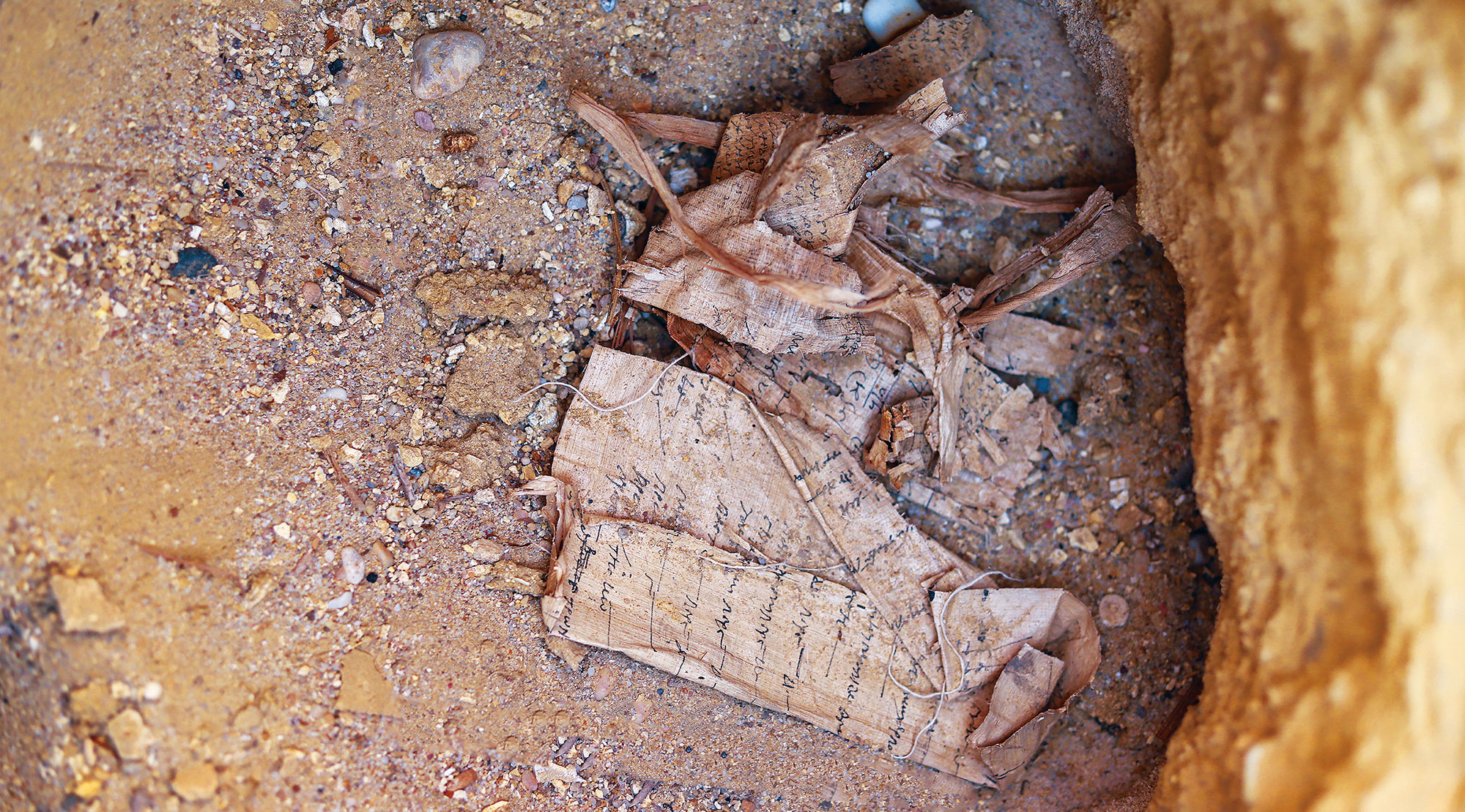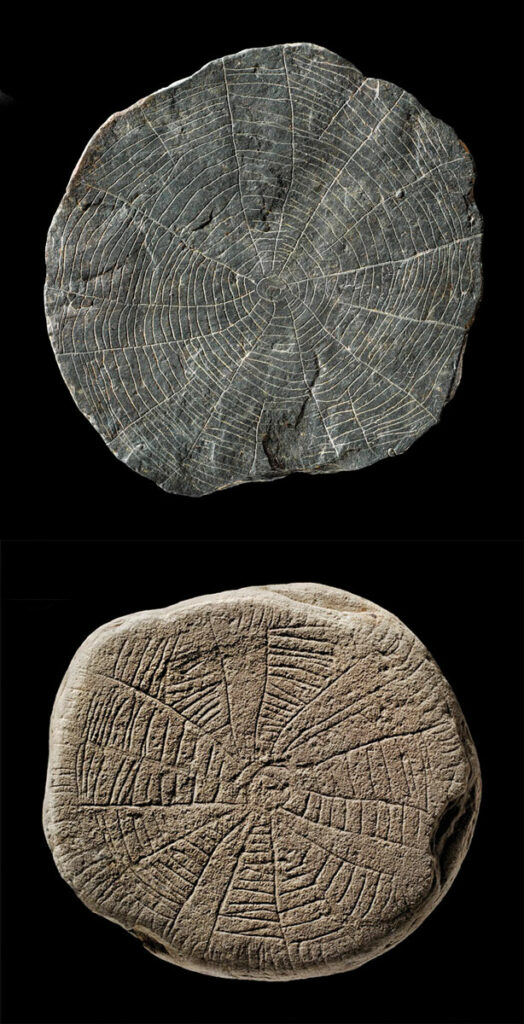
COPENHAGEN, DENMARK—According to a statement released by the University of Copenhagen, analysis of ice cores from the Greenland ice sheet has shown that a volcanic eruption occurred in 2900 B.C. The eruption likely triggered cold weather, a lack of sunshine, and low crop yields for Neolithic farmers in northern Europe. Researchers from the University of Copenhagen, the Museum of Bornholm, and Denmark’s National Museum used this information about the change in climate to review the so-called “sun stones” unearthed at the Neolithic site of Vasagård on Denmark’s island of Bornholm. These stones are flat pieces of shale engraved with plant and field patterns and sun motifs, explained Rune Iversen of the University of Copenhagen. “They symbolized fertility and were probably sacrificed to ensure sun and growth,” he said. Many sun stones have been found in ditches at Vasagård West, along with animal bones, broken pottery, and flint objects forming part of a causewayed enclosure. “It is reasonable to believe that the Neolithic people on Bornholm wanted to protect themselves from further deterioration of the climate by sacrificing sun stones—or perhaps they wanted to show their gratitude that the sun had returned again,” Iversen said. Drastic changes in the climate on the island of Bornholm may have also caused the shift from the use of sacrificial ditches to the construction of rows of palisades and circular cult houses some 5,000 years ago, the researchers concluded. To read about gold figurines uncovered on Bornholm, go to "Golden Sacrifices."


